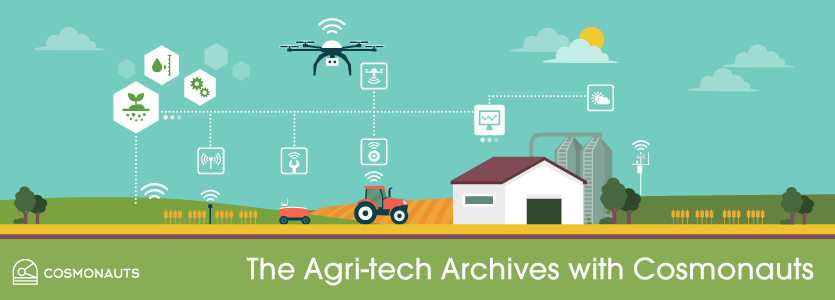What’s the first thing that comes to your mind when you hear the term “Agri-Tech”?
If it’s this one, then you are definitely not updated about the industry’s latest trends.
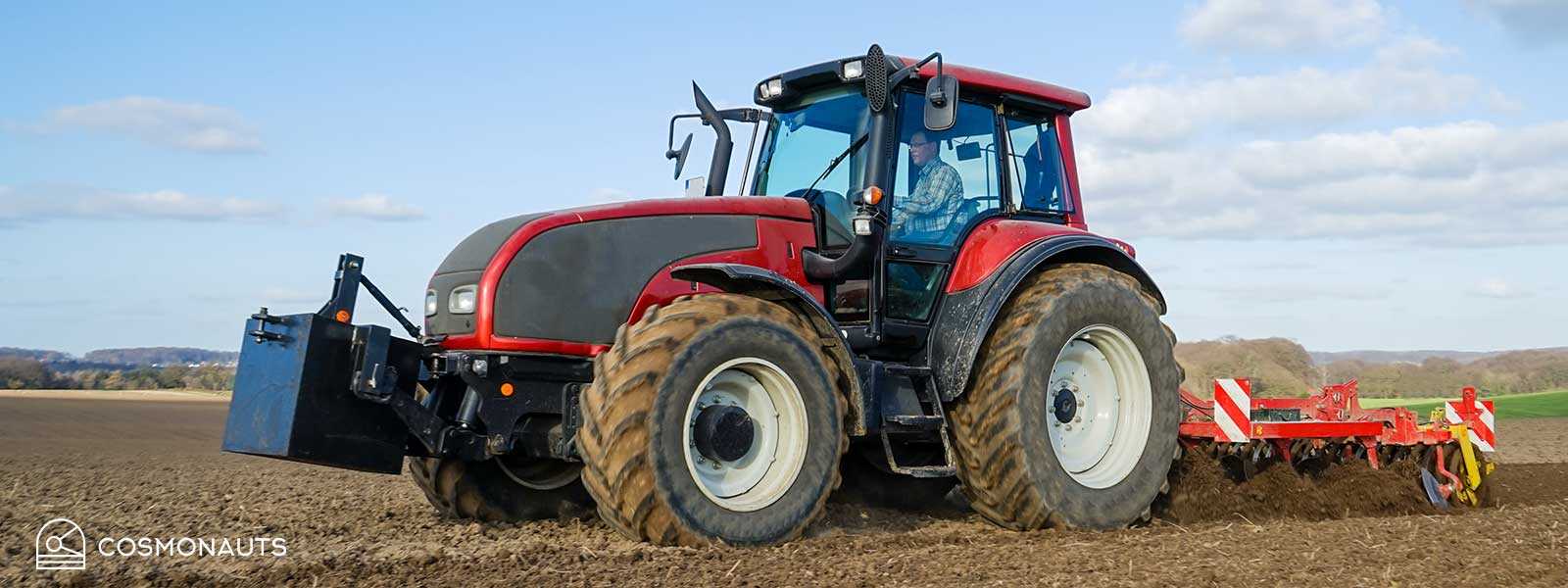
In today’s article we are going to explore 3 modern techniques that are currently used in indoor agriculture. But before we get into details, I feel that we need to explain further what we mean when we say “indoor agriculture”. In the current article, this term refers to greenhouses and vertical farming.
Although vertical farming is a relatively recent method of indoor plant cultivation, – it was only invented in 1999- it is the way in which the majority of our food will be produced in the near future. It is also the field where more technological innovation related to indoor farming is happening.
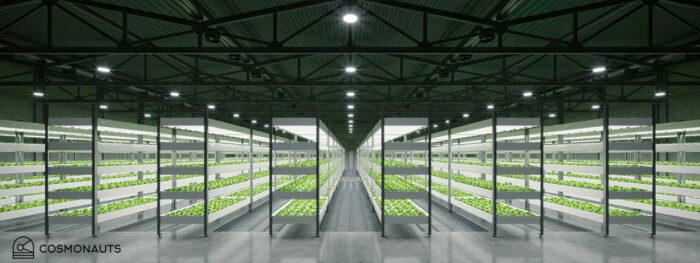
Let’s explore the three most innovative methods used in vertical farming in order to grow plants.
Hydroponics:
Hydroponics technology is the one which is more commonly used in vertical farms. It refers to the technique of growing plants without soil. In hydroponic systems, the roots of plants are submerged in liquid solutions containing macronutrients, such as nitrogen, phosphorus and many others. The advantages of hydroponics include the ability to increase yield per area and reduce water usage. A study has shown that, compared to conventional farming, hydroponic farming could increase the yield per area of lettuce by around 11 times while requiring 13 times less water. Due to these advantages, hydroponics is the predominant growing system used in vertical farming.

Aquaponics:
Aquaponics takes hydroponics one step further by integrating the production of terrestrial plants with the production of aquatic organisms in a closed-loop system that mimics nature itself. Nutrient-rich wastewater from the fish tanks is filtered by a solid removal unit and then led to a bio-filter, where toxic ammonia is converted to nutritious nitrate. While absorbing nutrients, the plants then purify the wastewater, which is recycled back to the fish tanks.Moreover, the plants consume carbon dioxide produced by the fish, and water in the fish tanks obtains heat and helps the greenhouse maintain temperature at night to save energy. As most commercial vertical farming systems focus on producing a few fast-growing vegetable crops, aquaponics, which also includes an aquacultural component, is currently not as widely used as conventional hydroponics.
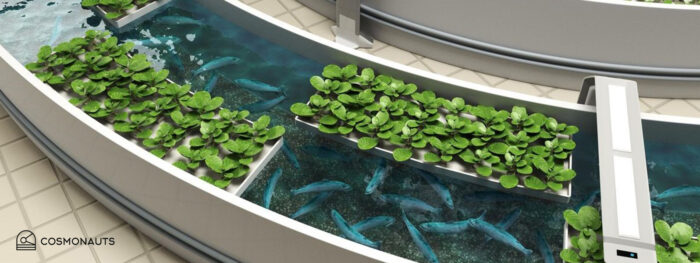
Aeroponics:
The invention of aeroponics was motivated by the initiative of NASA (the National Aeronautical and Space Administration) to find an efficient way to grow plants in space in the 1990s. Unlike conventional hydroponics and aquaponics, aeroponics does not require any liquid or solid medium to grow plants in. Instead, a liquid solution with nutrients is misted in air chambers where the plants are suspended. By far, aeroponics is the most sustainable soil-less growing technique,as it uses up to 90% less water than the most efficient conventional hydroponic systems and requires no replacement of growing medium. Currently, aeroponic systems have not been widely applied to vertical farming, but are starting to attract significant attention.
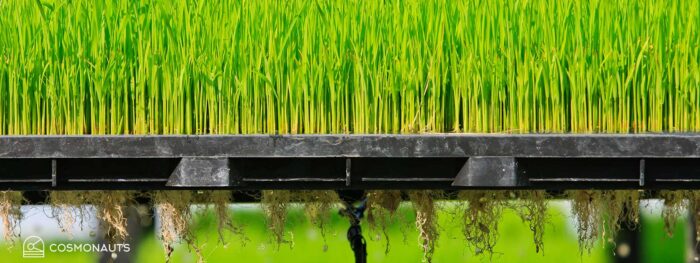
Apart from the above mentioned growing techniques though, indoor farming has benefited from advanced technology related to LED lighting, high precision controlled environment systems and sensors. As a result, vertical farmers and greenhouse growers are able to impose control on environmental factors including air, temperature, light, water, humidity, carbon dioxide, and plant nutrition in order to increase yields and efficiency.
One thing that cannot be doubted is that agriculture in the future will be very different from the way we got it in our minds today. As the time passes and earth’s population grows, the necessity of more food becomes more urgent. Therefore, scientists will have to come up with additional to the above mentioned methods to produce larger amounts of food.
In our next article of the Agri-Tech series we will explore technology currently used in the meat production industry. Follow us on social media and get regular updates about technology and innovation in a variety of sectors including legal-tech, IP – tech, Space-Tech and Agri-Tech. Stay tuned for the next episode of the series!
Categorised in: Events, Green Tech

